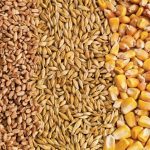…to say that the ethanol industry has driven barley to unacceptable levels is hardly appropriate if the crop is barely meeting the cost of production. When you stir up a hornet’s nest, you get stung. It’s a simple lesson most rural youth learn at an early age, but one I was reminded of recently. A



